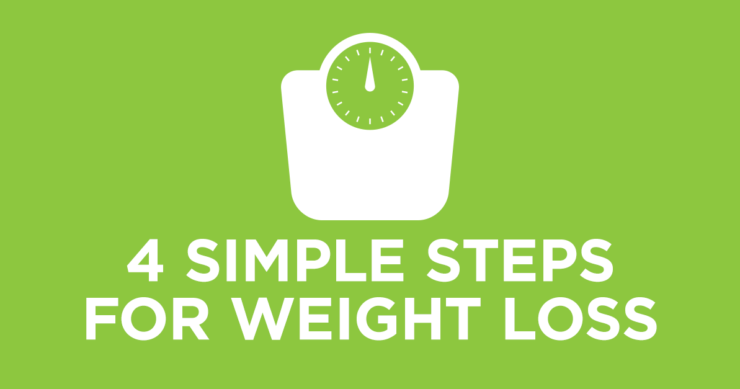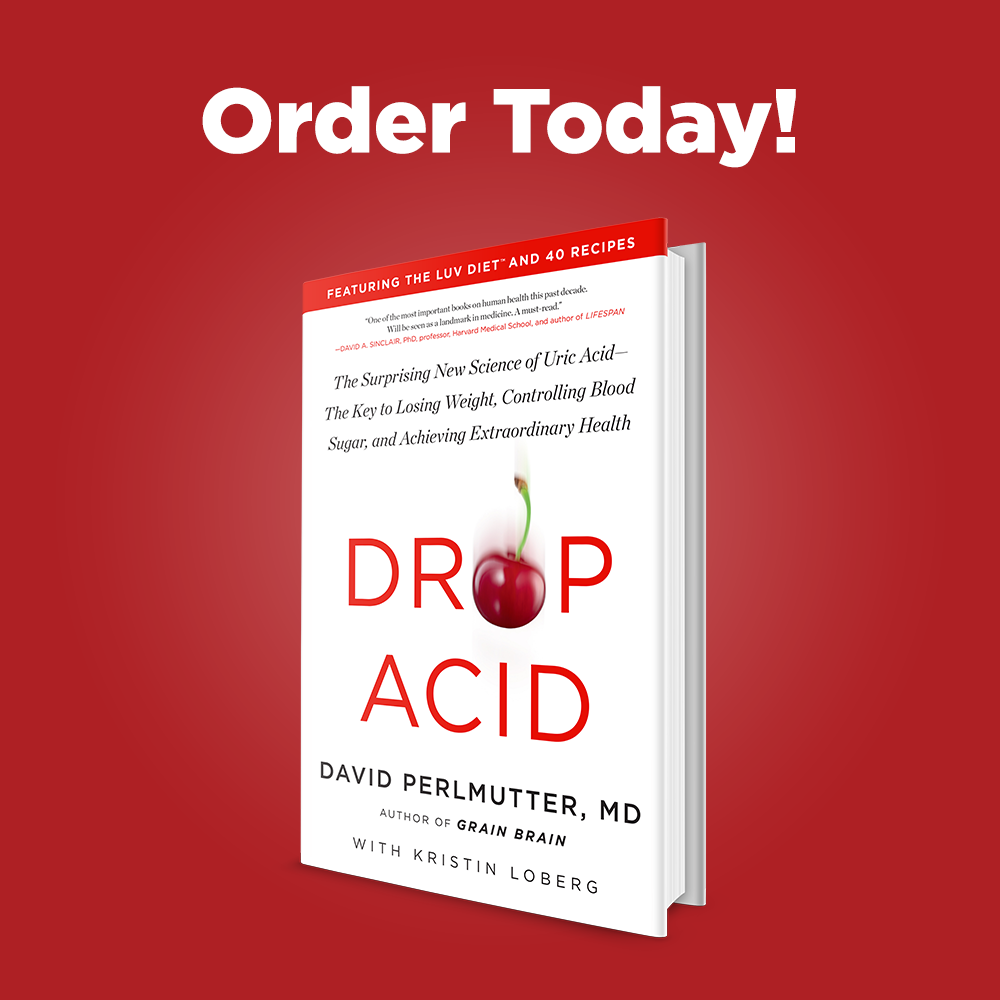You Can Lose the Weight – Four Simple Steps

Go to the mall. See a movie. Look around next time you’re in an airport. What you’ll see is the confirmation of all the statistics that we’re hearing so much about these days related to the ever-increasing prevalence of obesity. It’s everywhere and it’s affecting most of us.
Books, online information, infomercials, daytime T.V., and even nightly news programs are constantly hammering us with the scary news that relates increasing abdominal girth to just about every bad medical condition you don’t want to get. At the same time, these same resources offer up some new trendy solution to the obesity epidemic daily, often in the form of some new and exotic dietary supplement.
Truth is, losing weight doesn’t happen when you give in and buy the latest pill. Weight loss happens when the body shifts from storing fat to burning fat. It is that simple, and far and away how we signal our metabolism to make this fundamental shift depends on what we choose to eat.
But it’s understanding how our food choices influence the ratio of fat storage to fat burning that will help give commitment to making the right dietary changes to trim down.
When we humans consume glucose or carbohydrate-rich foods that are then broken down into glucose, it stimulates the pancreas to secrete the hormone insulin. We all learned in high school biology that insulin works in the body by facilitating the reduction of blood sugar by driving it into cells. But while that is true, insulin performs two other functions in your body that you need to be aware of: it stimulates fat production and inhibits fat breakdown. This explains why sugars and carbs make people fat.
In our hunter-gatherer days, the ability of insulin to stimulate fat production might well have paved the way for our ability to survive. Long before wheat fields, apple orchards or convenience stores, late summer and early fall were pretty much the only times of the year when humans would stumble upon sugars, because that’s when fruit ripens. Eating these sugar-rich foods would stimulate insulin production, leading to fat storage that provided us a calorie buffer for the winter, when food was scarce. This is actually an incredible adaptive mechanism. Unfortunately, sugar-rich foods are no longer just something we have for a few weeks a year. Sugar and carbs are available in abundance 365 days a year, all the while telling us to store fat for the winter of food scarcity that never comes.
Dietary fat has pretty much the opposite effect in terms of insulin signaling. It actually sends signals to our physiology that food is abundant, shutting down the need to store fat for the future.
The other player influencing whether we are fat or lean is the microbiome, the collection of more than 100 trillion organisms living within our body. So influential are these organisms in terms of our metabolism that scientists now regard the 3-pound microbiome as actually representing an organ within the body like the liver or the heart. Specifically, the bacteria within the gut play a huge role in regulating how many calories we extract from a given meal, the level of our desire to eat, and even the production of the brain chemicals that influence our eating habits.
So here’s the skinny:
- Eat a diet that’s really low in sugar and carbohydrates. I recommend a target of 60-80 grams/carbs/day. Opt for whole fruit, not fruit juice. Avoid dried fruit as it is highly sugar-concentrated.
- Eat more fat. Welcome fat back to the table in the form of extra-virgin olive oil, coconut oil, nuts, seeds, free-range eggs, wild fish and grass-fed beef.
- Add probiotic-rich fermented foods to your plate. Foods like fermented fish, kimchi, fermented vegetables, kombucha, and cultured yogurt are teeming with healthy probiotic bacteria that can help pave the way for weight loss.
- Eat more fiber. Fiber rich foods increase the sense of fullness and that helps reduce overall food consumption. More importantly, foods containing a special type of fiber, prebiotic fiber, cater to the healthy gut bacteria, expanding their numbers and enhancing their positive influence on your health. These include choices like jicama, dandelion greens, Jerusalem artichoke, onion and garlic.













